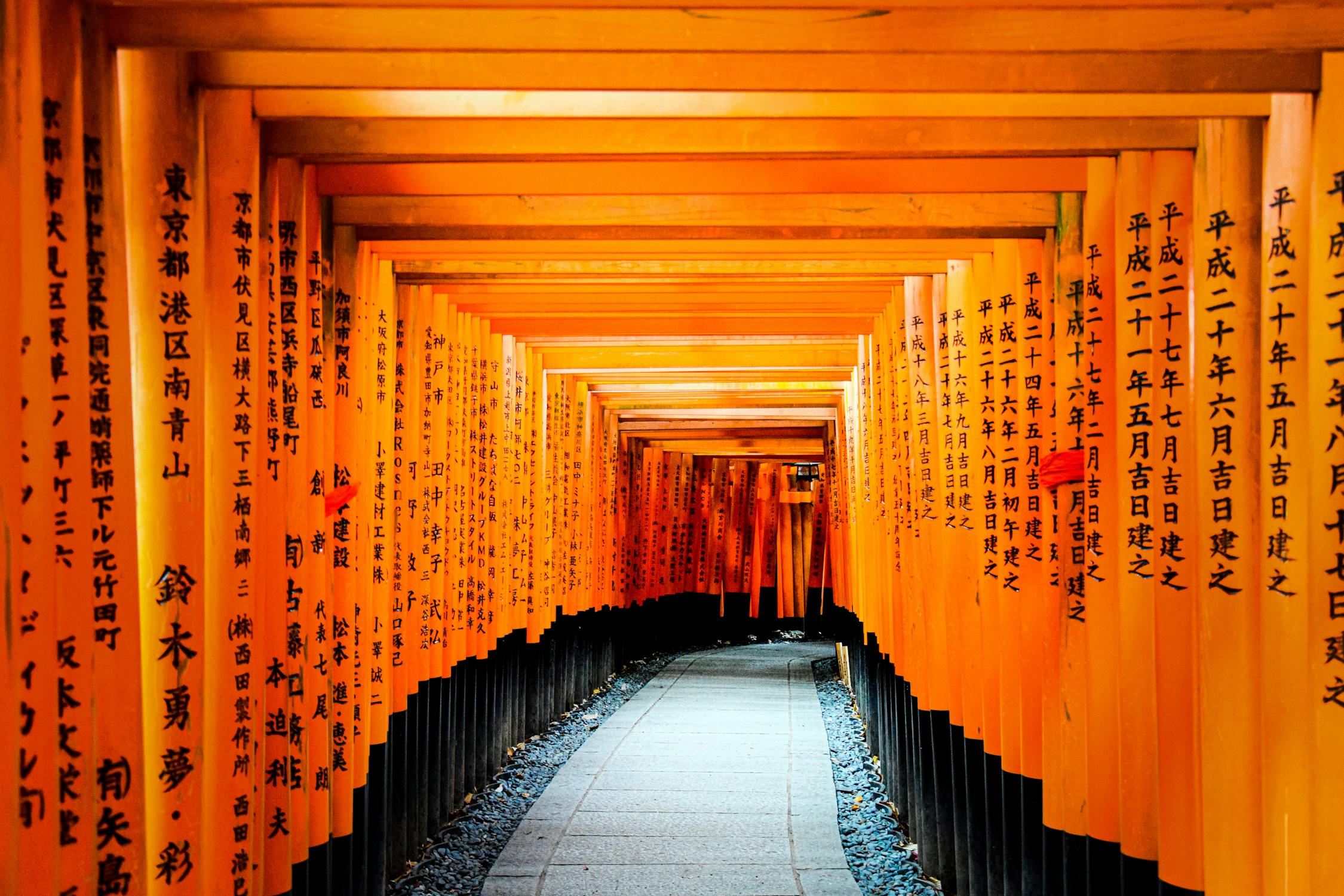Discovering the Historic Beauty of Kyoto's Temples and Shrines

Kyoto, Japan, stands as a testament to centuries of tradition and cultural heritage. Known for its stunning temples and shrines, Kyoto offers visitors a glimpse into Japan's rich history and spiritual practices. These sacred sites, some dating back over a thousand years, attract millions of tourists each year.
The Historic Temples of Kyoto
Kyoto is home to an array of historic temples, each with its unique architectural style and historical significance. Kinkaku-ji, also known as the Golden Pavilion, is one of the most iconic. This Zen Buddhist temple is covered in gold leaf and sits amidst a serene pond, creating a picturesque scene that has been immortalized in countless photographs.
Another significant temple is Kiyomizu-dera, famous for its wooden stage that juts out from the main hall, offering breathtaking views of the cherry and maple trees below. Founded in 780 AD, Kiyomizu-dera is an exemplary model of Japanese temple architecture and craftsmanship.
Ryoan-ji is renowned for its rock garden, a quintessential example of Zen landscaping. The garden features carefully placed rocks and white gravel, designed to induce meditation and reflection. Visitors often find themselves lost in thought while observing this minimalist masterpiece.
Kyoto's Revered Shrines
The city is not only known for its temples but also for its shrines dedicated to Shinto deities. Fushimi Inari Taisha is perhaps the most famous, with its thousands of vermillion torii gates forming winding paths up Mount Inari. This shrine is dedicated to Inari, the Shinto god of rice, and attracts both pilgrims and tourists who come to experience its spiritual atmosphere.
Heian Shrine stands out with its distinctive red buildings and expansive gardens. Constructed in 1895 to commemorate Kyoto’s 1100th anniversary, it serves as a symbol of the city's enduring legacy. The shrine's large torii gate at the entrance is among the tallest in Japan, making it a striking landmark.
Yasaka Shrine, located in the Gion district, plays a central role in Kyoto's famous Gion Matsuri festival. The festival dates back to 869 AD and includes elaborate parades and traditional performances. Yasaka Shrine itself is a vibrant site year-round, frequented by locals who pray for good fortune.
Cultural Practices and Festivals
Kyoto's temples and shrines are not just historical artifacts; they are living cultural centers where traditional practices are maintained. Many temples host tea ceremonies that allow visitors to experience the art of Japanese tea preparation. These ceremonies are often held in specially designed tea rooms within the temple grounds.
The Gion Matsuri festival at Yasaka Shrine is one of Kyoto's most significant cultural events. Held every July, it features grand processions with elaborately decorated floats called 'yamahoko.' The festival brings together locals and tourists alike in celebration of Kyoto’s rich cultural heritage.
Another important event is the Aoi Matsuri, which takes place at Shimogamo Shrine and Kamigamo Shrine every May. Participants dress in Heian-period costumes and parade through the streets, reenacting rituals from Kyoto’s ancient past. This festival highlights the deep connection between Kyoto’s historical sites and contemporary cultural practices.
Practical Tips for Visitors
For those planning to visit Kyoto’s temples and shrines, there are several practical tips to enhance your experience:
- Timing: Visit early in the morning or late afternoon to avoid crowds.
- Footwear: Wear comfortable shoes as you will be walking extensively.
- Respect: Follow local customs such as bowing at shrines and being quiet in temple areas.
- Guides: Consider hiring a local guide to gain deeper insights into the history and significance of each site.
- Transportation: Use public transportation or rent bicycles to explore multiple sites efficiently.
| Temple/Shrine | Significance | Location |
|---|---|---|
| Kinkaku-ji (Golden Pavilion) | Iconic Zen Buddhist temple covered in gold leaf | Northern Kyoto |
| Kiyomizu-dera | Famous for its wooden stage offering panoramic views | Eastern Kyoto |
| Ryoan-ji | Renowned for its Zen rock garden | Northwestern Kyoto |
| Fushimi Inari Taisha | Known for its thousands of vermillion torii gates | Southeastern Kyoto |
| Heian Shrine | Dedicatd to commemorate Kyoto's 1100th anniversary | Centrally located near Okazaki Park |
The temples and shrines of Kyoto offer more than just historical insights; they provide a serene escape from modern life while allowing visitors to connect with Japan's cultural roots. Each site tells a story of devotion, artistry, and tradition that has been preserved through generations.
A visit to these sacred places can be both educational and transformative. Whether you're admiring the golden splendor of Kinkaku-ji or walking under the endless torii gates at Fushimi Inari Taisha, you'll find that Kyoto's historic beauty leaves a lasting impression on all who experience it.
